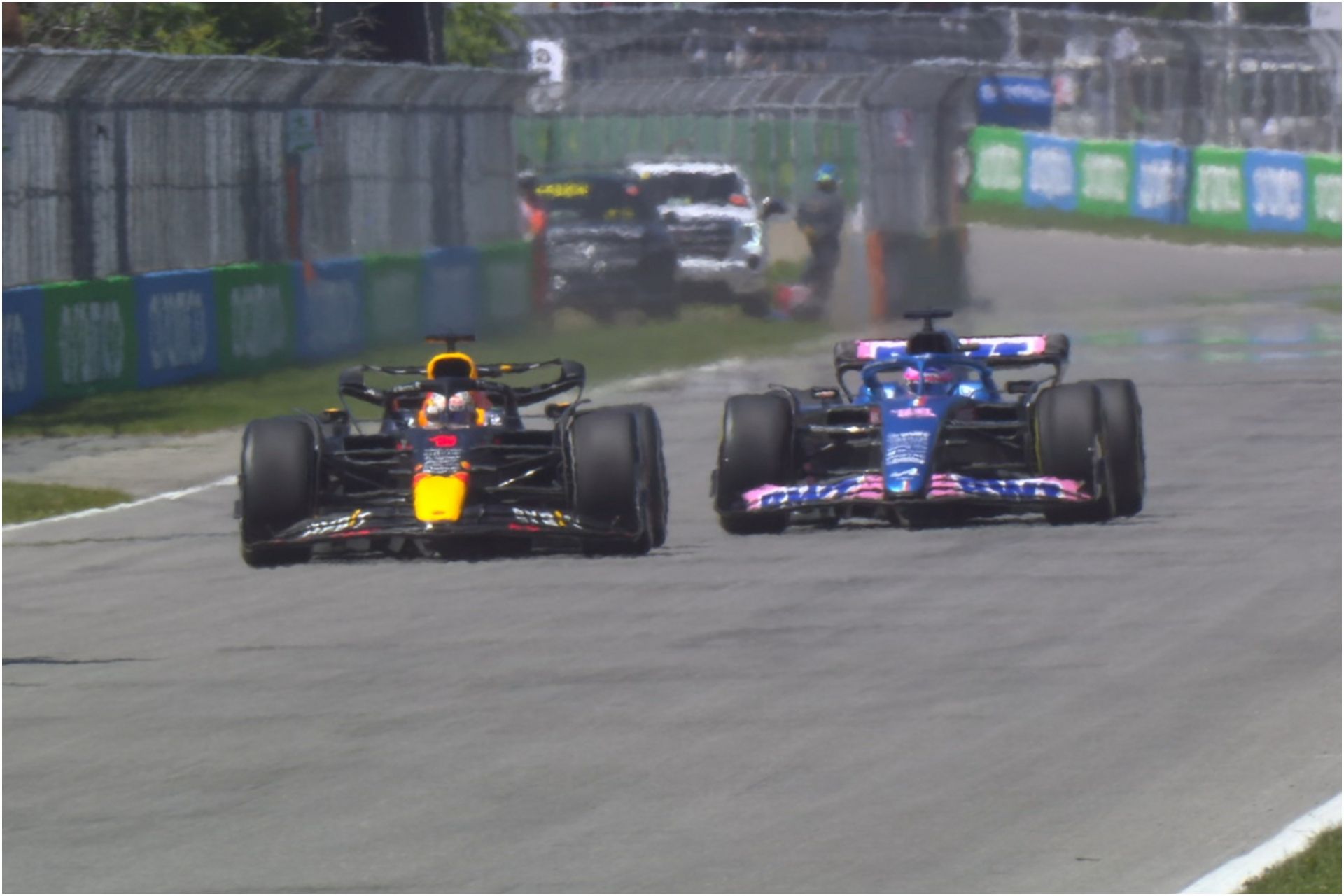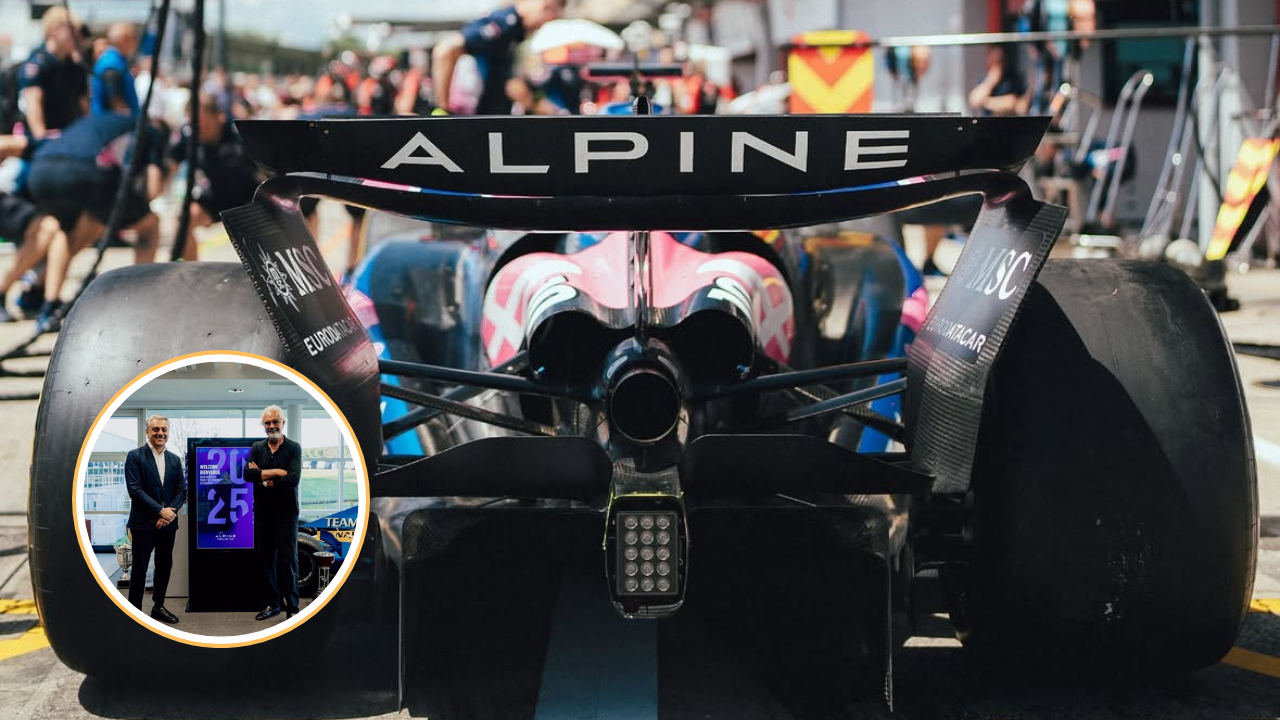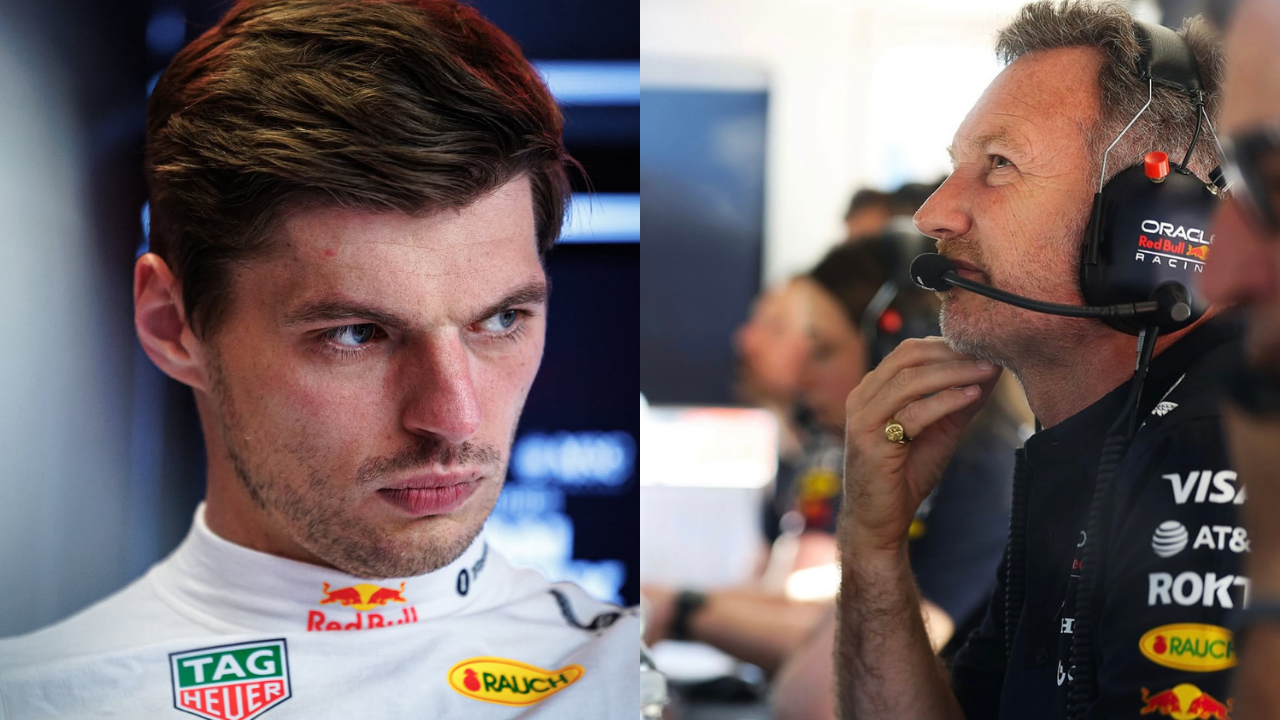The F1 Drag Reduction System (DRS) is a rather simple, yet extremely effective innovation of the sport. First introduced in 2011, it is primarily used as an overtaking aid.
Formula 1 can be a challenging sport. Overtaking your opponent on the track is the primary strategy of most drivers during a race, and the slipstream coming from the car ahead is an amazing way to achieve it. However, the FIA innovated a way to reduce drag on straights by moving the rear wing.
Under the guidance of Jean Todt, the FIA introduced the Drag Reduction System (DRS) in the 2011 season. Its purpose was to make overtaking easier for drivers on straights and make racing more intensive.
How does the DRS in F1 work?
The drag reduction system is essentially a flap on the rear wing of Formula 1 cars. When it opens up, it lets air pass without barriers, giving cars a speed boost. The drivers control it using a button on their steering wheel, and it shuts down when they hit the brake pedal.
What are the rules behind the DRS system?
There are rather simple rules for the working of the DRS in F1. There are dedicated zones on the tracks, at least one (Australia has the maximum with four), where the drivers can open the rear wing. During qualifying sessions, they open the flap in those zones; however, this changes during a race.
Drivers are only allowed to use DRS within one second of the car ahead in the detection zone. This zone is typically located just before the final corner that leads to the DRS zone.
Up until the 2023 season, the DRS could only be used on the third lap after a race start or safety car restart. But the rule was changed last year, allowing drivers to use the DRS after the end of the first racing lap.
The DRS is not allowed under wet conditions because the loss of downforce can be fatal.
Despite the innovation, there have been many criticisms of the drag reduction system in F1. Many argue that it makes overtaking too easy, and the drivers don’t have to face a challenge. Moreover, some teams have better DRS, which gives them a dominating status during the race.
2026 and beyond
After over a decade’s use, the DRS will no longer be a part of F1 next year. As a part of the new regulations, the FIA and FOM agreed to get rid of the system. The cars will feature active aerodynamics (movable wings), which would be of similar aid. Moreover, the drivers would be able to use a power surge in their cars to assist in overtaking.
The DRS has remained a big part of F1 until now. It also influenced the McLaren P1, a road car that adopted the system. However, many teams have already begun working on the 2026 cars, so the DRS is coming close to bid farewell.



